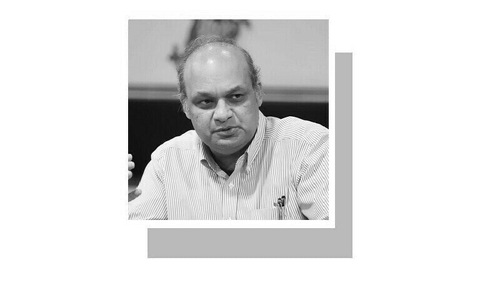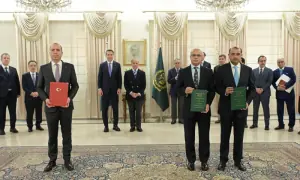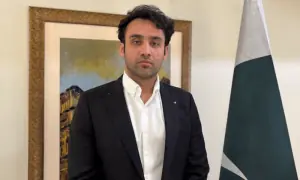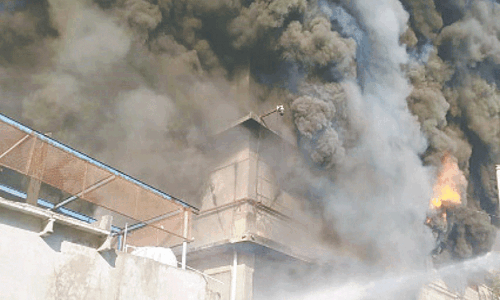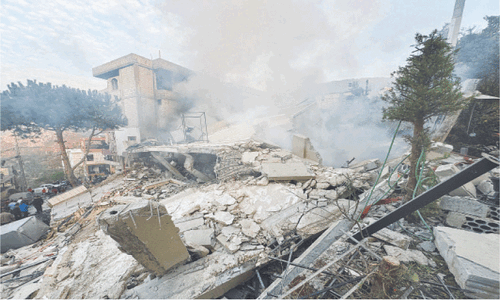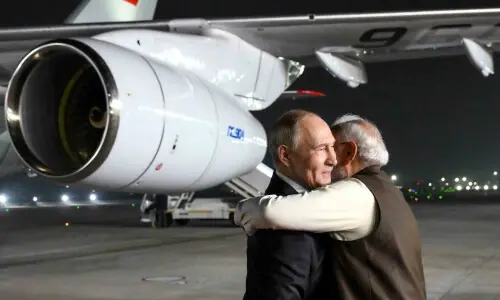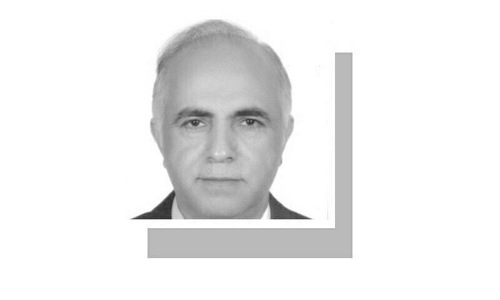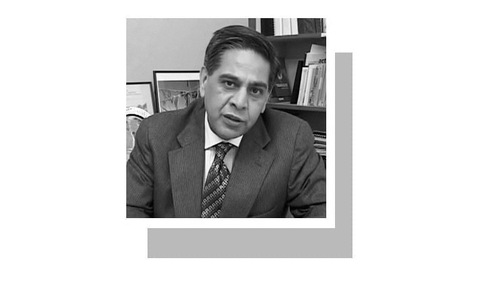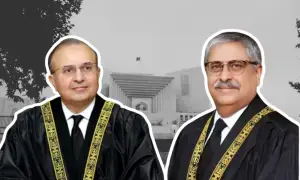SINCE time immemorial, humans have devised and practised rites and rituals to fulfil their needs — worldly and spiritual. Rites and rituals evolve as human conditions change over time. They are couched in symbolic language, representing deeper meanings, inviting deeper reflection.
Interestingly enough, it is not just humans; even animals and birds perform complex ‘rituals’ prior to mating or fighting.
Rites (of passage, for example) are ceremonies performed often for transitions of human life from one stage to another, such as from childhood to puberty and life to death. These are performed for religious purposes as well. The Dictionary of Anthropology defines a ‘ritual’ as “formal acts that take place in the context of religious worship”. On the other hand, “A rite is a formal or ceremonial act that is often associated with … cultural tradition”, for example, a wedding ceremony in which the exchange of rings is regarded as a ritual.
Rituals, especially religious, are often practised with the recitation of a holy text. These could be performed at a sacred place. Rituals may be brief or elaborate. Non-religious rituals, such as celebrating a birthday or a graduation ceremony, may be performed in a private place such as the home or public premises such as a university.
Many people find participating in religious rituals to be spiritually fulfilling or uplifting, even transforming. These often serve as a way to connect with the divine, and seek a sense of transcendence. They generally involve communal participation, bringing many people together. This fosters a sense of belonging to a community, helping individuals forge social connections.
Participation in religious rituals can be transforming.
Regular participation in religious rituals has been associated with improved mental health outcomes. It can reduce symptoms of anxiety and depression, increase overall life satisfaction and promote a positive outlook on life. Participating in these rituals can help preserve cultural practices, language and customs, ensuring their transmission to future generations.
It must be noted that the meaning to the ritual is brought by the participants. There is a dynamic relation between the ritual and its participants. A believer should ‘speak’ to the ritual and vice versa for meaningful engagement. But meanings are never frozen; they assume new meanings, shedding older ones over time, as human thinking evolves and sociocultural situations change.
Understanding rituals may be likened to comprehending a language. As a language comprises symbols, syntax and grammar, rituals, too, have a ‘language’ comprising symbols, and representations. As we cannot understand a language without learning it, rituals, similarly, from a different tradition cannot be understood without properly understanding the semiotics (science of symbols) of a culture or faith. All rituals are couched in symbolic language requiring decoding within the context and syntax of that ritual.
If one wishes to understand a ritual, they need to be understood within the context of that tradition, learning about the community, its history, philosophy and worldview. We need to look at the way they see their culture from their own perspective, not the way we outsiders — perceive them.
Faith and belief are important dimensions of a ritual. The Quran says, “And when My servants [ibadee] question thee concerning Me, then surely I am nigh. I answer the prayer of the suppliant when he crieth unto Me. So let them hear My call and let them trust in Me, in order that they may be led aright” (2:186). We see here that Allah puts two conditions for listening to prayers; one is the acceptance of Him (as the Creator), and second, belief in Him (that He will listen to the prayers).
Apparently, a Prophetic saying describes the essence of the ritual by stating, (for piety) God looks at your hearts (qulubakum) and deeds (a’malikum), not your wealth (amwalikum) and physical dimensions (suwarikum). A similar message is conveyed in many Quranic verses, for example, 22:37, which says “Their meat will not reach Allah, nor will their blood, but what reaches Him is piety from you”.
A ritual has inevitably two dimensions: an external form (like ablution) and an inner dimension (purification). Without understanding the inner dimension, the performance of the form becomes only a ‘ritual’ which may be done ‘ritualistically’, which means performing a ritual robotically, without understanding it. In sum, rites and rituals are an important dimension of the human experience of the divine. They need to be understood and internalised with humility if they are to be meaningful. As beauty lies in the beholder’s eye, the meaning of a ritual lies in the practitioner’s heart and mind.
The writer is an educationist with an interest in the study of religion and philosophy.
Published in Dawn, May 23rd, 2025



